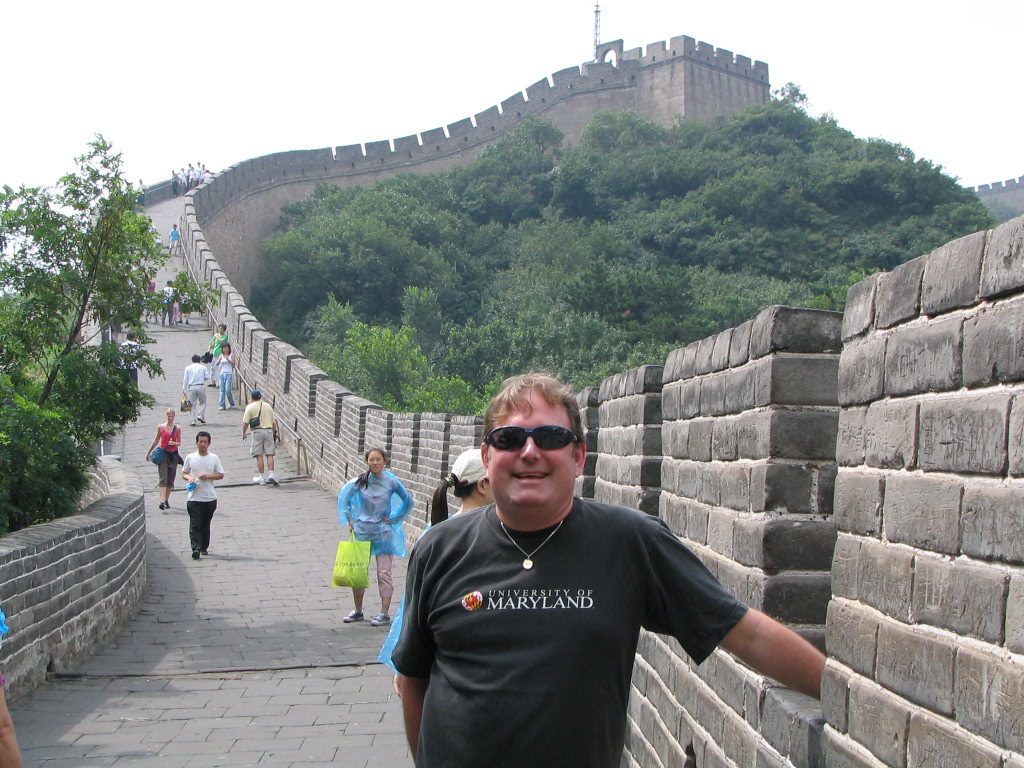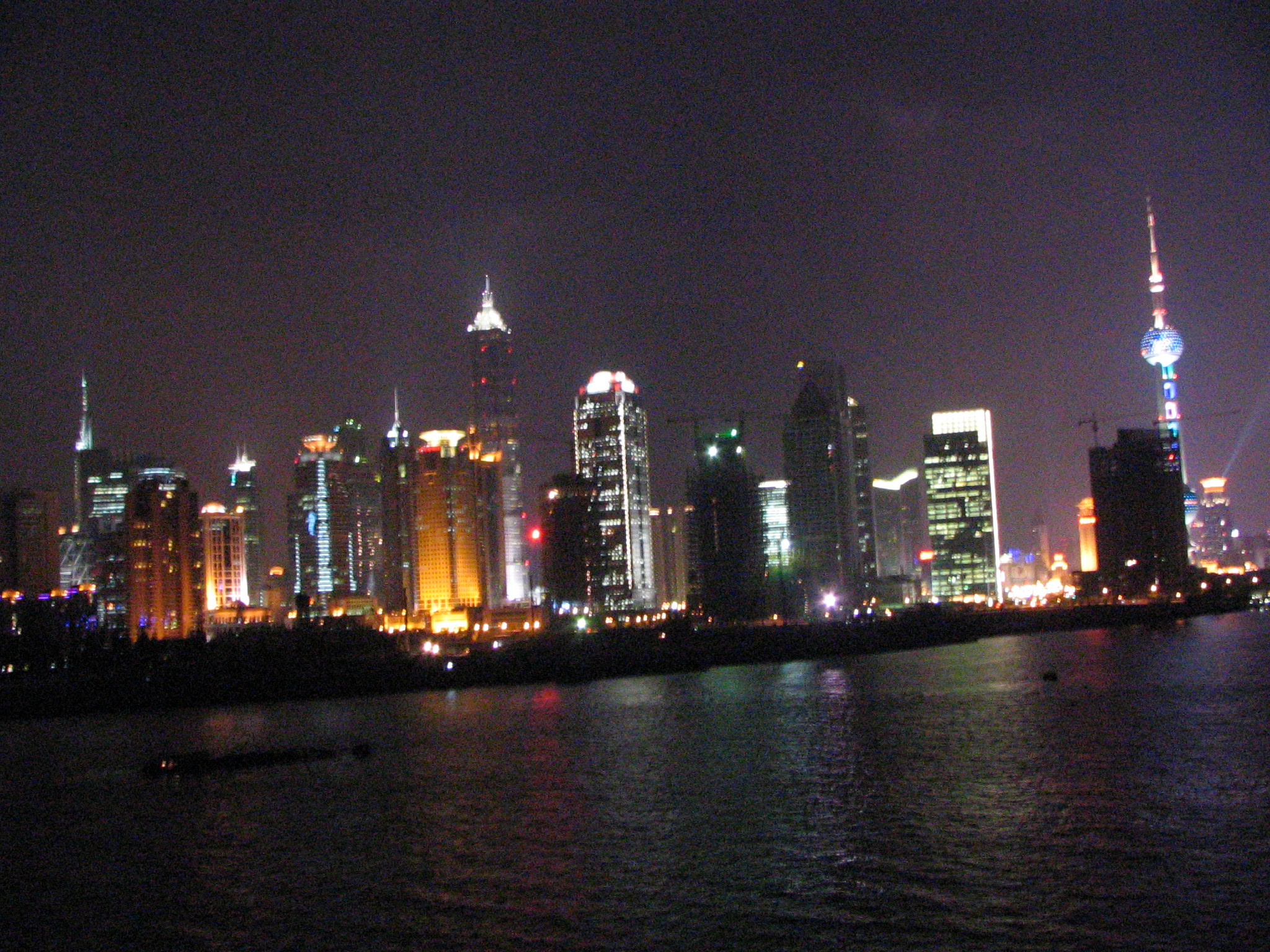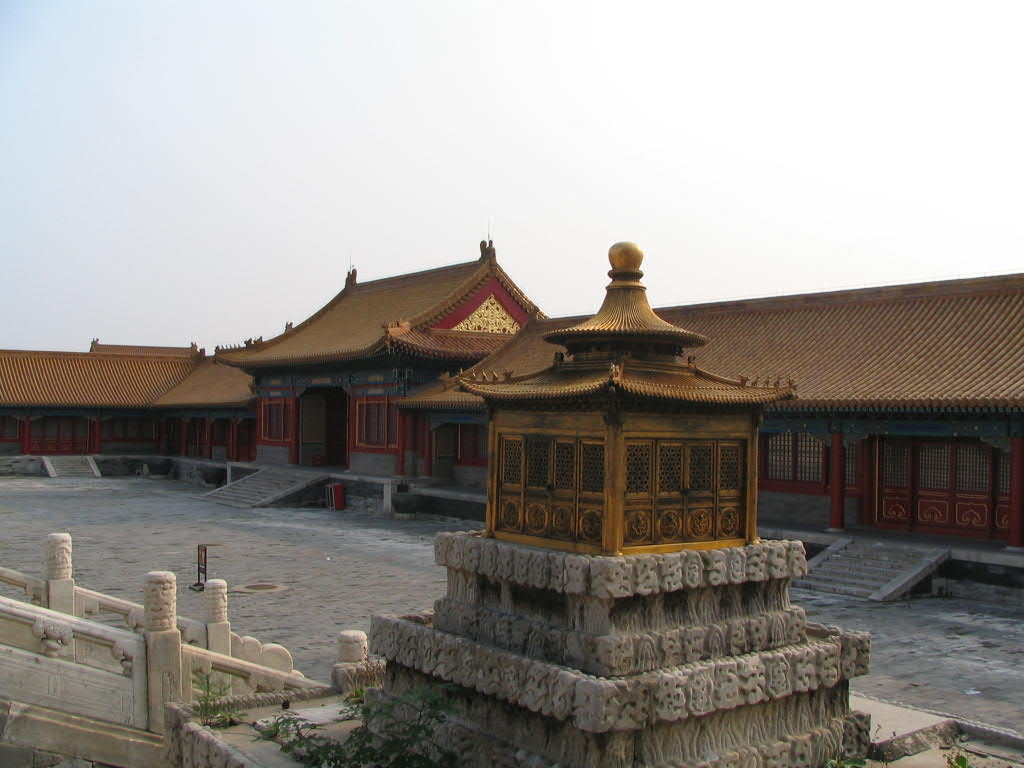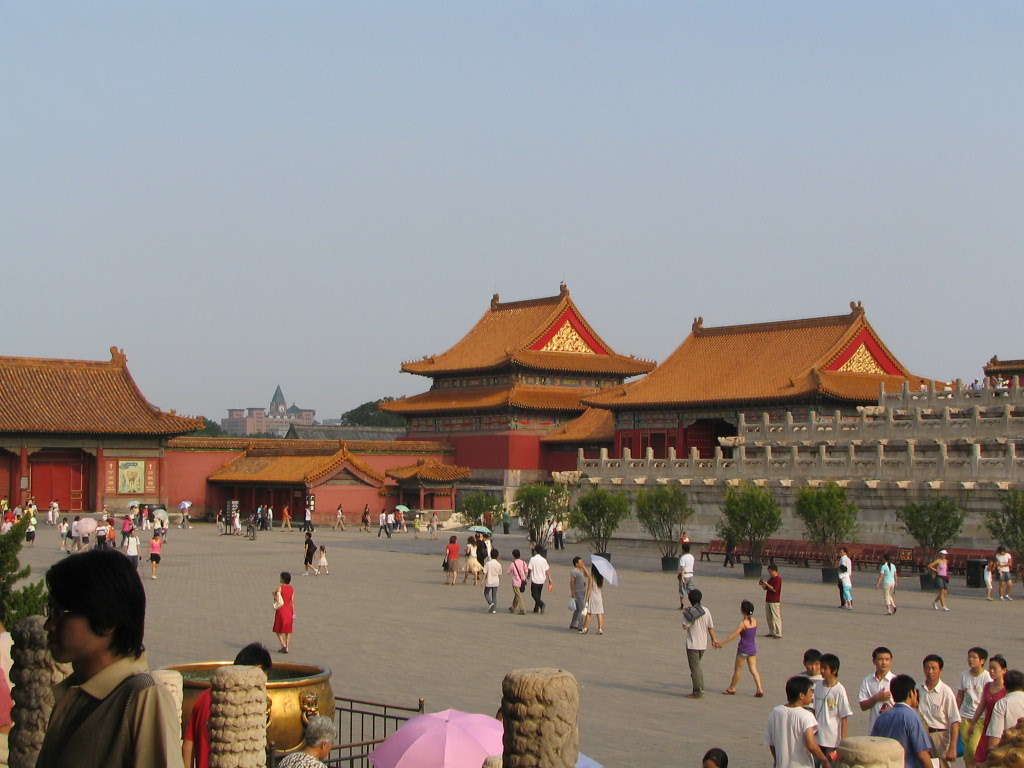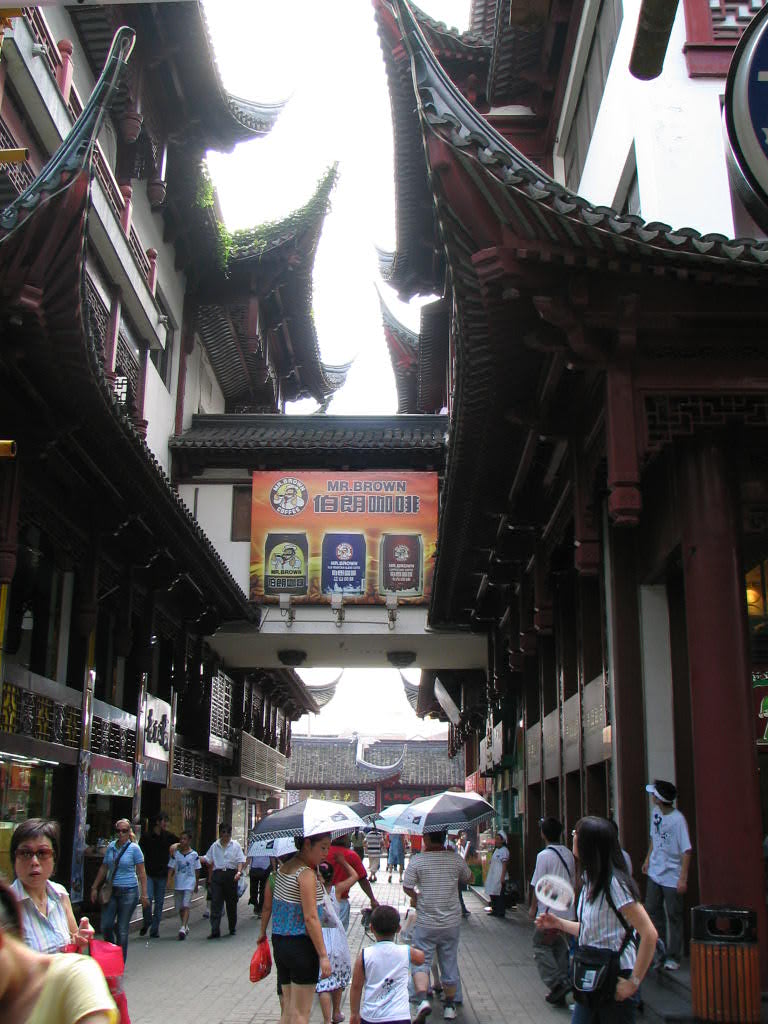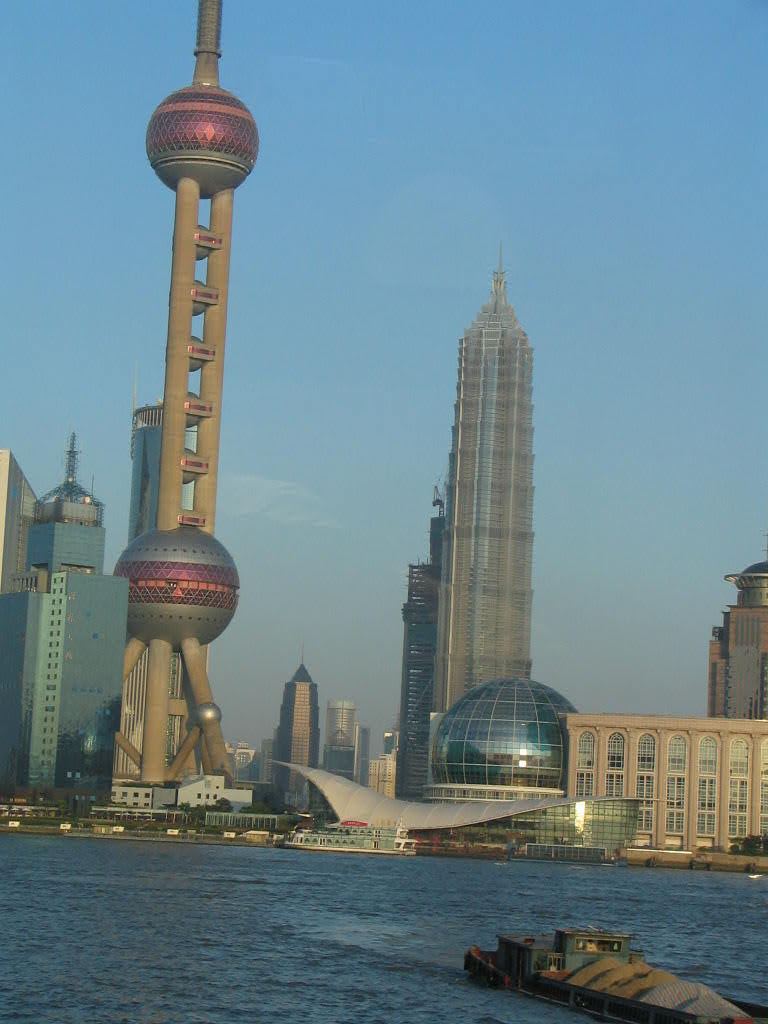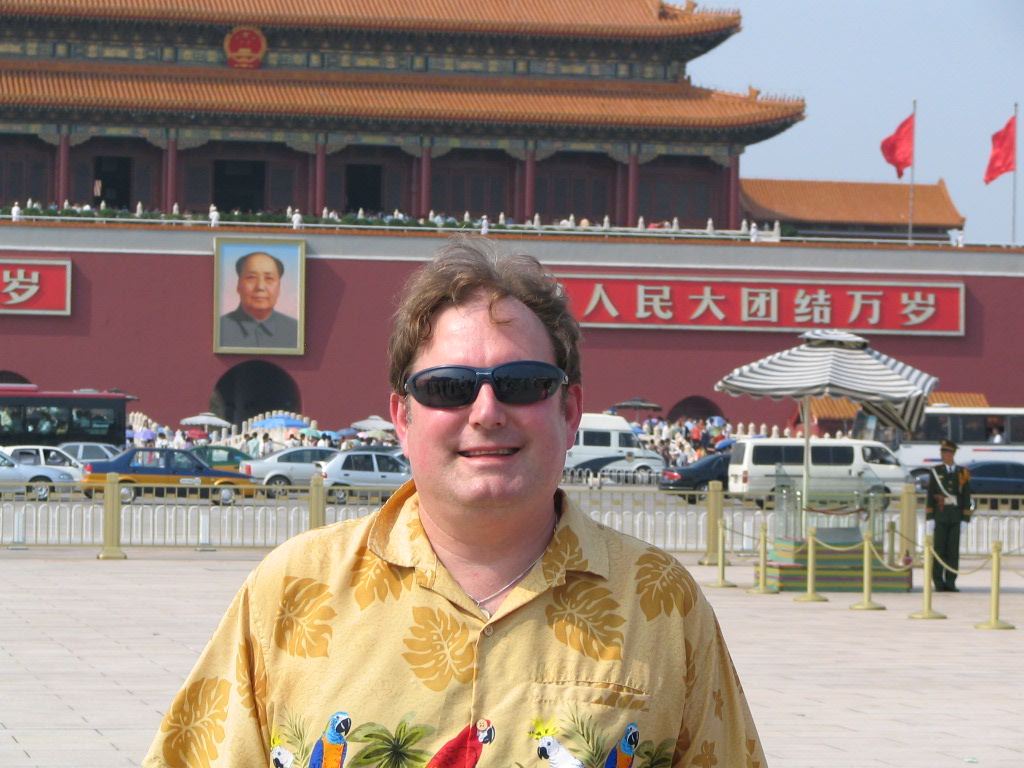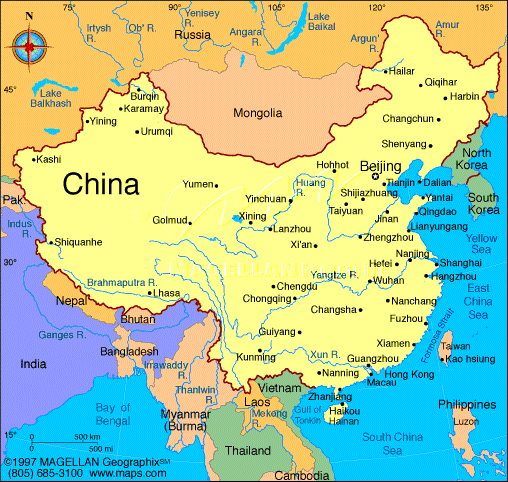
|
China has the most
extensive history in all of the world. No other nation on our planet
even comes close. Although Chinese oral history goes back as
far as 4000BC
with the Yellow River Civilization, Chinese recorded history (confirmed
by
archeologist) begins with the creation of the Shang Dynasty in
1766 BC.
This dynasty gave way to the feudal Kingdom of the Chou Dynasty
in 1050
BC. In 475BC the king had lost so much power to the feudal lords that China
disintegrated into a period known as the “Warring States Period.”
The
country is united in 221BC by a brutal warlord who called himself Shi
Huangdi,
which means “First Emperor.” Shi Huangdi is noted for having the Great
Wall of China built. He started the Qin Dynasty
which only
lasted four years after the death of Shi Huangdi in 206BC. The Qin were
replaced by the Han Dynasty which ruled China
until it went into another period of chaos in 220AD. That period of
chaos,
known as the Three Kingdoms Period, lasted until 265AD when
Ssu-ma Yen
unified the country under the Chin Dynasty. This dynasty was
also short
lived as China
would split into the Northern and Southern Dynasties from 317AD
to 589AD.
Important Kingdoms during this period included the Chen
Kingdom in the south
and the Wei
and Zhou Kingdoms
in the north. China
was again united under the Sui Dynasty in 580AD. This Dynasty
was
replaced by the Tang Dynasty in 618AD. The Tang were largely
responsible
for returning China
back to a period of stability. It’s not until 907AD that the country
again
returned to a disjointed period known as the period of the “Five
Dynasties.”
The country was again unified under a weak Song Dynasty which
ruled from
960AD to 1279AD. This dynasty actually split the country into the
Northern and
Southern Song and was constantly under treat from the Liao Dynasty and
there
successors the Jurchens which ruled Manchuria.
By 1279,
the Song Dynasty was defeated by the Mongols which set up the Yuan
Dynasty.
The Mongols would lose control over the country in 1368 and China
again became an independent empire under the Ming Dynasty. As a
result
of a civil war in 1644, the Manchu’s in the north occupied China
and set up the Qing Dynasty. Dissatisfaction with the imperial
government lead to a revolution in 1911 and the end of the Dynastic
period. As a result of this
revolution China become a republic in 1912. Sun
Yatsen become China’s first president, but he was shortly
succeeded Yuan
Shikai after two months. Initially China was a constitutional republic, with some
pseudo-democratic structures, but in 1914 it become a dictatorship.
After the death of Yuan in 1916 China gradually slid into and civil war. The
Kuomintang (Republican
Party) under Sun Yat-sen governed southern parts of the country until
1917. China was united again under President Chang
Kai-shek in
1926. In 1931 the Japanese invaded and occupied parts of the
country. In
1937, Japan set up the separate state of Manchukuo. The communist party was formed in by Mao
Zedong in
1931. In 1934 the Kuomintang and the Communist united against the
Japanese invaders.
After the surrender of Japan in 1945, a civil war between the two
broke out. The Kuomintang
regained control over the country shortly after the war and
established a
pseudo-democracy. However their rule ended 1949 when the communist
conquered the capital Beijing.
It’s at this point that China become the People's Republic of China.
|
|


